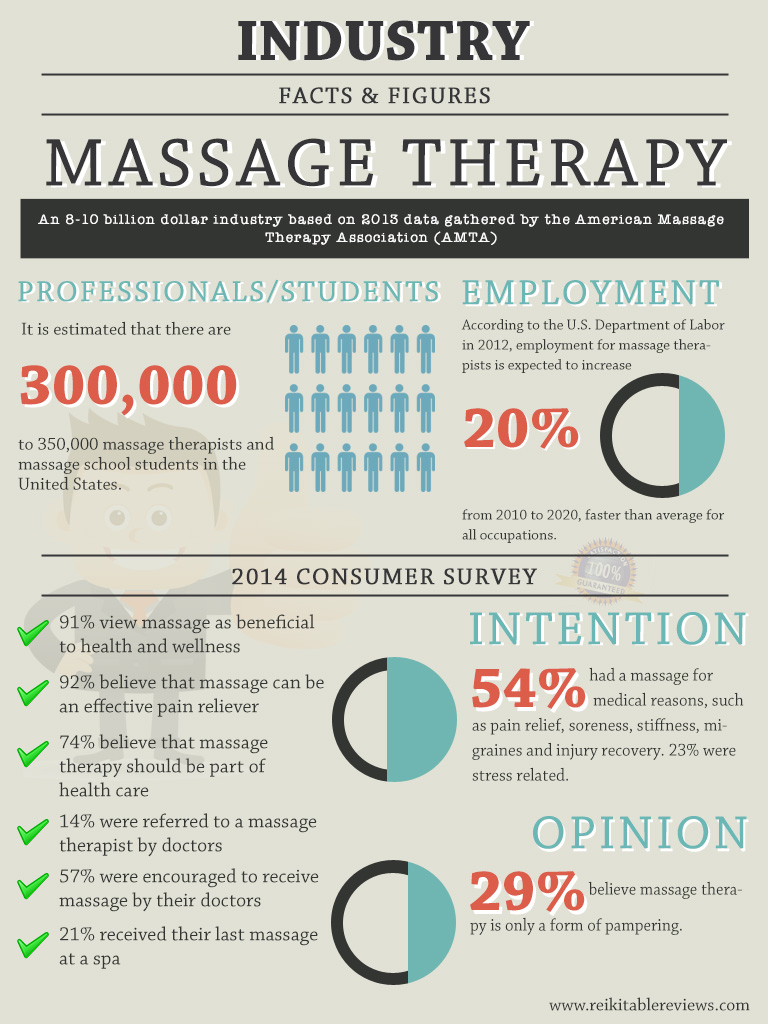Athletes are regularly searching for the next side to increase efficiency. Massage is among the most effective tools available to accomplish this objective.
The appropriate strategies can reduce muscle mass tightness, help recuperation and help athletes train harder. Find out how to use sports massage therapy as a part of your athlete's general training and recuperation strategy.
Foam Roller
Utilizing body weight to use pressure to muscle mass and "knots" (or trigger factors), foam rolling is a self-myofascial release technique that's a cost-effective alternative to seeing a sporting activities massage therapy specialist. This self-massage tool can assist to lower muscle tightness and soreness, in addition to quicken recovery after intense workout.
Foam rollers are cylindrical devices that vary in dimension, form and foam density. They're a prominent addition to training and recuperation routines of athletes, weightlifters, joggers, bikers, swimmers and other physical fitness fanatics.
Imagine your first sports massage therapy customer is a competitive swimmer. They're about to contend for their long-lasting dream of going to the Olympics. They pertain to you with inequalities and muscle tightness triggered by extreme training. Your expertise and skill are going to be important in helping them reach their objectives. Giving a fantastic experience will maintain them coming back and assist you develop your organization. Preferably, you need to be able to offer them with certain methods personalized for their sporting activity.
Deep Tissue Massage
In a sport that calls for rapid reactions and exact movements, having strong joints and muscle mass is important. When these are limited, they can interfere with activity and rise threat of injury.
Deep cells massage can help improve muscle function and range of motion, break up bonds or scar cells, and reduce discomfort by raising oxygen and nutrients in the area. It can also help ease anxiety and stress in the muscle mass, which might lower total pain.
For instance, a research study of a sports massage on the forearms of a pickleball player revealed boosted grasp strength and decreased forearm discomfort, which consequently caused higher efficiency. Nevertheless, the professional athlete must constantly remain in interaction with the specialist to make sure that the massage therapy is not agonizing. The therapist will change the pressure and method as needed types of sports massage therapies to keep the athlete safe, comfy and in optimum problem for sports efficiency. They must likewise be motivated to moisturize and consume well after the massage to promote recovery.
Trigger Factor Treatment
Trigger factors are knots of limited, strained muscle tissue. They create discomfort in the locations where they are located and also limit the series of motion of bordering muscular tissues. Trigger factor therapy uses hand-operated pressure to the trigger points in order to open them and ease tension. This is accomplished via myofascial launch. Fascia is a sheath-like, fibrous tissue that encloses musculoskeletal structures. It is generally pliable and flexible, yet with stress and anxiety, injury, poor position, and lack of hydration and rest, the fascia can stiffen and restrict movement.
Over 80% of individuals will certainly experience the exact same pattern of pain referral from a solitary trigger point, so it is easy for a massage therapy specialist to pinpoint specifically which muscular tissues require treatment. The goal is to develop to the point where the muscle mass starts to shiver and launch the tension, but not overdo so as not to cause excessive discomfort. The strength must be a "great hurt." Throughout the treatment, the massage specialist may utilize their fingers and thumbs to really feel the trigger points.
Scrambling
Jostling is a massage strategy in which the muscle mass is gripped at the point of origin and shaken delicately. It kicks back the muscle mass and it is claimed to lower the stretch reflex.
Jostling and various other rubbing strategies are utilized to break down adhesions in muscle mass cells. These bonds occur as a result of muscular tissue fibers sticking together throughout the inflammatory recovery process and they can protect against muscular tissues from contracting generally. By lowering attachments and boosting flexibility, sports massage aids athletes execute at peak level and remain injury complimentary.
The physiological effects of sports massage include increased temperature level, improved blood circulation and improved muscle recuperation and versatility. This combination of advantages makes sporting activities massage therapy an important part of any professional athlete's training and healing program. It helps them plan for a competitors or a huge event, help in the healing after an event and improves efficiency during training. Ideally, sporting activities massage therapy ought to be done at least a day or two prior to a big race to make sure that the muscles are totally healed and ready to go.
